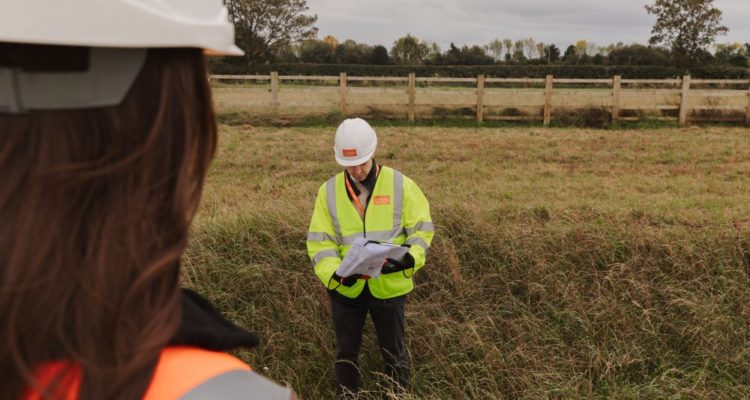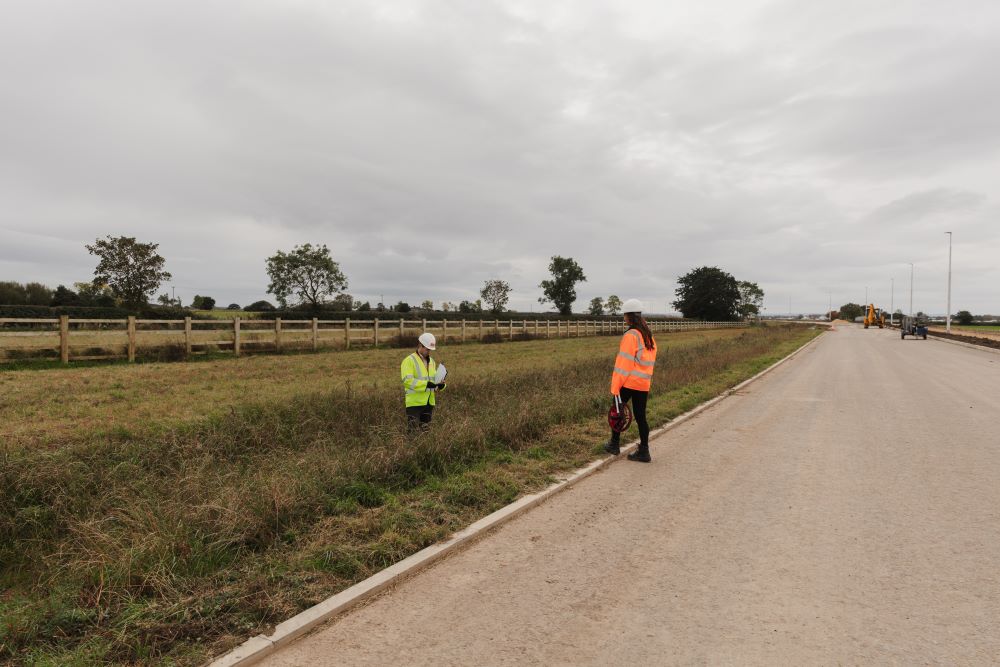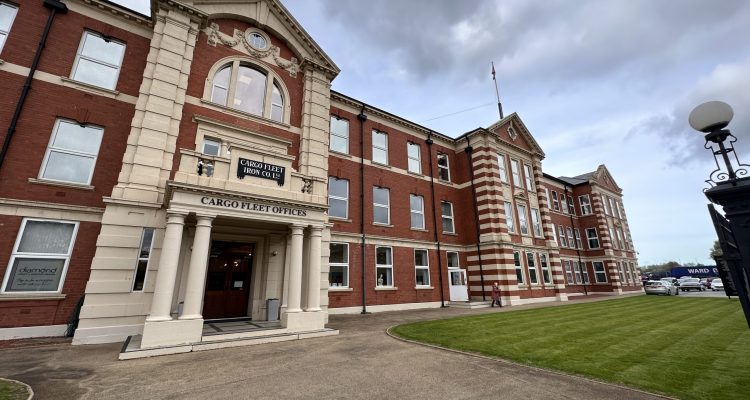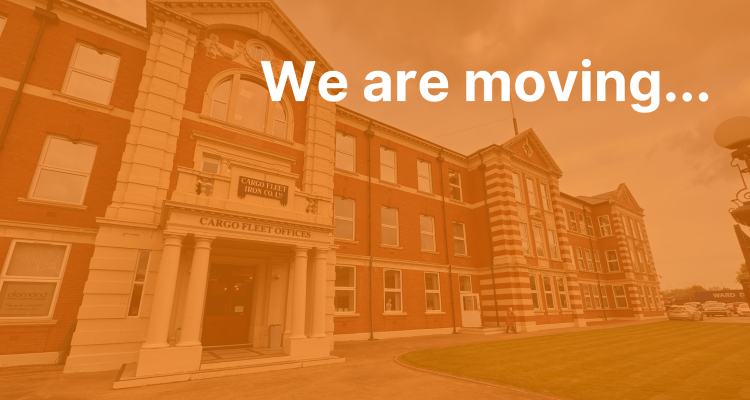
Rob Lynas
Climate Change, Sustainability, Carbon Neutral, Net Zero, Biodiversity.
These are all terms that we hear a lot, but probably have limited understanding of. For many of us the concept of our individual impact on the global climate is so difficult to grasp that we ignore it, or in some cases deny its existence completely.
I am guilty – I drive a petrol car, I eat meat, I have a gas boiler, I own a company which designs roads!
Over my career as a Civil Engineer the consideration for the environmental impact of infrastructure projects has become more important, however, the requirement for it to be a key consideration has never been greater. Weather patterns are changing on a global scale; and in the UK we are seeing more and more high intensity rainfall events; what was once a 1 in 20-year rainfall event is now a 1 in 2 year, or even 1 in 1 year event.
It is well documented that being surrounded by the natural environment is beneficial to people’s mental wellbeing; this inevitably leads to happier, more productive people. The introduction of trees and green open spaces in developments increases house prices. It improves the natural habitats for our diverse eco system too. It doesn’t have to cost a fortune, and if done correctly can save money; reducing the grass cutting on verges and in roundabouts, and the introduction of wildflowers can have a massive benefit to biodiversity, and reduce maintenance costs for the highway authority – as well as supporting the bees our ecological system relies upon!
Our impact on the environment is something we are acutely aware of at Lynas Engineers, and we have been lucky to work on some projects which have given us the opportunity to incorporate some innovative solutions. We push our clients to consider solutions which ensure that the project has a minimal effect on the environment, and ideally has a positive impact.
Unfortunately, as with most parts of our lives, people will generally tend towards the easy option, the cheaper option, the way they’ve ‘always done it’. To reinforce the need to incorporate change we need strong environmental legislation, and a strong government that is willing to listen to the evidence and promote truly sustainable development.

The Environment Act comes into effect in England in 2024 which mandates a minimum 10% biodiversity net gain for developments falling under the planning regulations; but what does that mean? Developers will need to avoid loss of habitat within their site; or if that is not possible then they must create habitat either within the site or at another site that they own. But we have recently been told that the government is scrapping legislation that would protect watercourses from chemicals generated by new developments; at a time when our rivers are being overwhelmed with sewage from water networks that can’t cope – it is a dangerous and regressive move.
One of the ways we can contribute to the aims of the Environment Act is by providing sustainable drainage systems (SuDS); capturing and using surface water run-off within the development to improve biodiversity. We have recently seen the introduction of new design standards for surface water drainage, which encourages developers, and their designers, to consider how the SuDS features connect with local habitats to promote connectivity.
We need to stop seeing environmental considerations in projects as a problem and looking at them as an opportunity. A real chance to challenge traditional, often outdated thinking, around sustainability and bring new, innovative solutions into our schemes and projects. By engaging in innovative ways to improve sustainability, increase biodiversity and generally improve access to green spaces in communities, not only are we able to promote a healthier way to live – with improved mental health through access to nature – we are also able to help shape a future community that respects its surroundings, working and living closer to our natural environment and inspiring generations that have true sustainability at the heart of everything they do.



